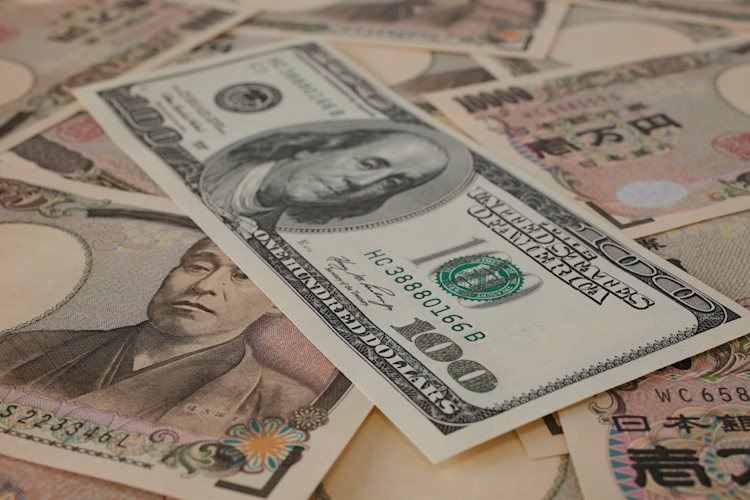- USD/JPY gains ground around 159.10 in Friday’s early Asian session, up 0.19% on the day.
- Traders raised their bets on Fed rate cuts in September after the softer US June CPI inflation.
- Further possible FX intervention from Japanese authorities might support the JPY and cap the pair’s upside.
The USD/JPY pair holds positive ground near 159.10 after bouncing off a nearly three-week low of 157.41 during the early Asian trading hours on Friday. The upside for the pair might be limited amid the fear of further foreign exchange (FX) intervention by Japanese officials. Traders will monitor the US June Producer Price Index (PPI) and the preliminary July Michigan Consumer Sentiment gauge, which are due later on Friday.
The lowest Consumer Price Index (CPI) reading in more than three years has triggered the possibility that the Federal Reserve (Fed) would lower rates starting in September. The US CPI inflation was softer than expected in June, with annualized headline CPI inflation easing to 3.0% YoY from the previous reading of 3.3%. Meanwhile, the monthly CPI inflation dropped 0.1% MoM in June from last month’s flat 0.0% and below the market consensus of 0.1%.
Fed Chair Jerome Powell acknowledged the progress on price pressures, but he was not yet ready to declare inflation. However, Powell added that “more good data” would open the door for rate cuts. Financial markets saw a nearly 85% odds of a Fed rate cut in September, up from the 70% chance seen before the CPI report. Two rate cuts are anticipated this year.
The Japanese Yen (JPY) gained traction in the previous session amid speculation that Japanese authorities might step into the FX market to support its currency. Early Friday, Japan’s top currency diplomat, Masato Kanda, stated that the recent move of the JPY is somewhat rapid and he will take appropriate measures on FX if needed. The further possible intervention from officials is likely to support the JPY and act as a headwind for USD/JPY for the time being.
Japanese Yen FAQs
The Japanese Yen (JPY) is one of the world’s most traded currencies. Its value is broadly determined by the performance of the Japanese economy, but more specifically by the Bank of Japan’s policy, the differential between Japanese and US bond yields, or risk sentiment among traders, among other factors.
One of the Bank of Japan’s mandates is currency control, so its moves are key for the Yen. The BoJ has directly intervened in currency markets sometimes, generally to lower the value of the Yen, although it refrains from doing it often due to political concerns of its main trading partners. The current BoJ ultra-loose monetary policy, based on massive stimulus to the economy, has caused the Yen to depreciate against its main currency peers. This process has exacerbated more recently due to an increasing policy divergence between the Bank of Japan and other main central banks, which have opted to increase interest rates sharply to fight decades-high levels of inflation.
The BoJ’s stance of sticking to ultra-loose monetary policy has led to a widening policy divergence with other central banks, particularly with the US Federal Reserve. This supports a widening of the differential between the 10-year US and Japanese bonds, which favors the US Dollar against the Japanese Yen.
The Japanese Yen is often seen as a safe-haven investment. This means that in times of market stress, investors are more likely to put their money in the Japanese currency due to its supposed reliability and stability. Turbulent times are likely to strengthen the Yen’s value against other currencies seen as more risky to invest in.












